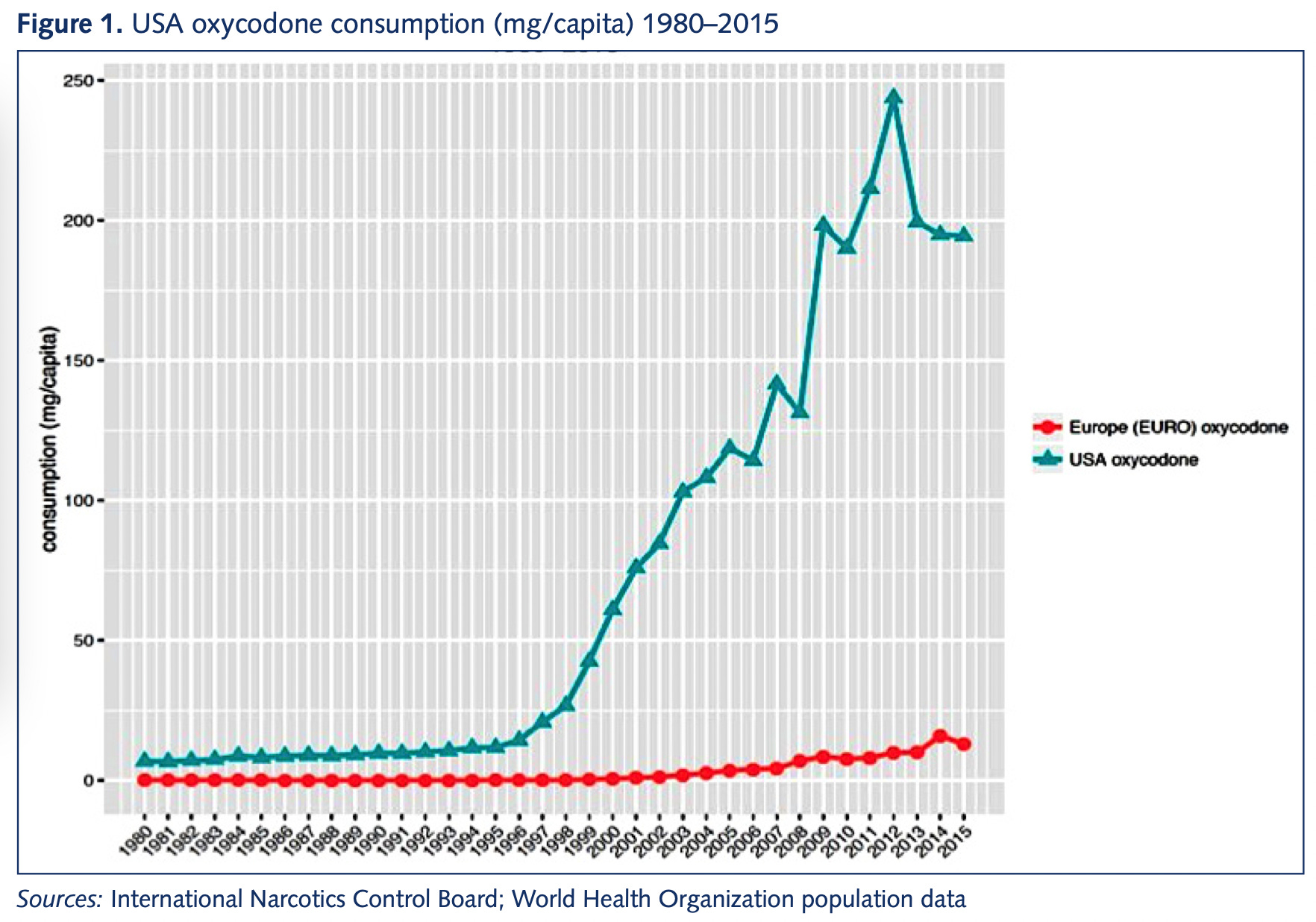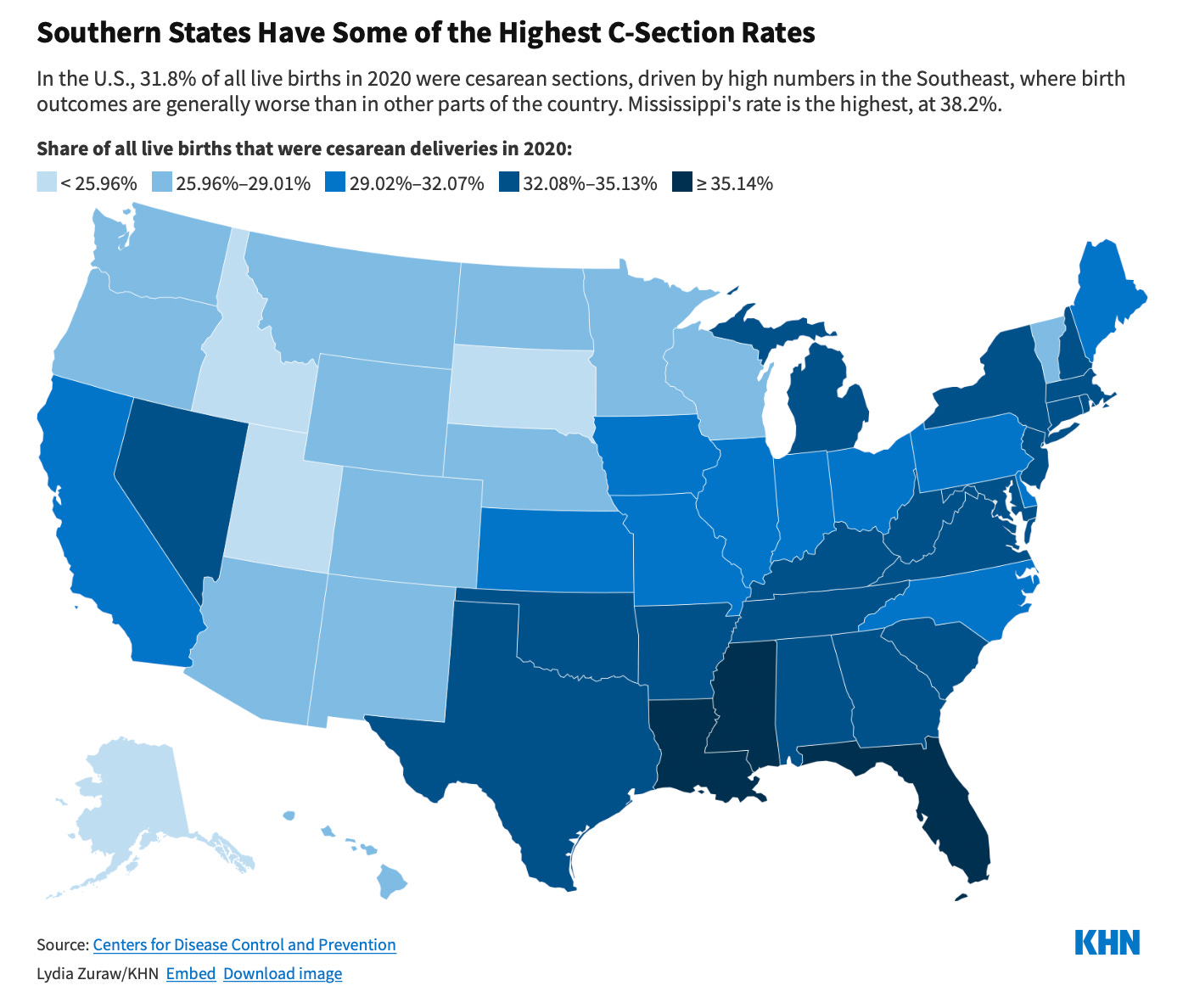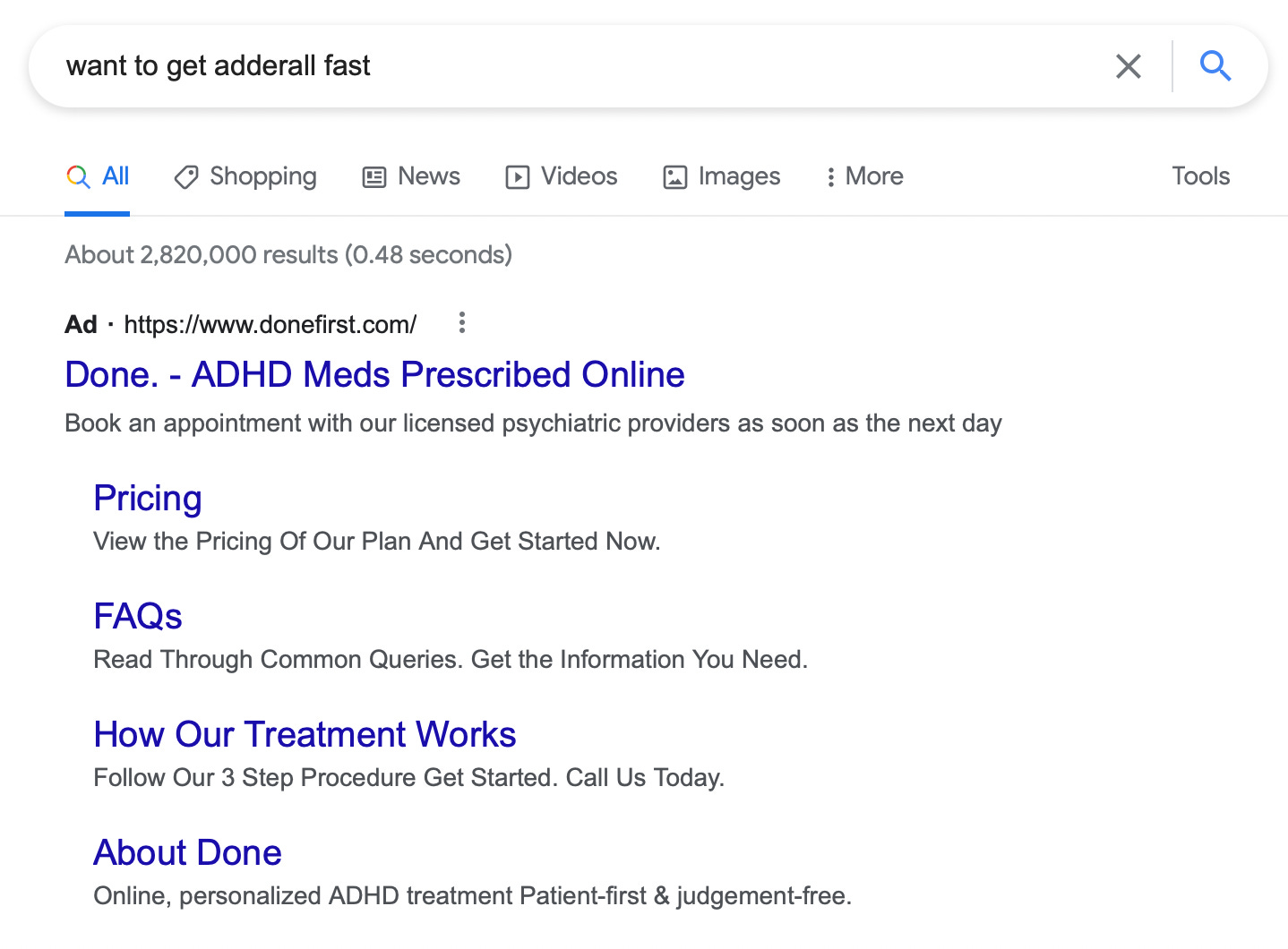Rent Increases Up Sharply Year-over-year, Pace may be slowing
Higher Rents will impact measures of inflation in 2022
Rents have increased sharply over the last year, and this is likely due to both demand and supply issues. Also, rents dipped in 2020, so some of the recent increase is making up for the 2020 decline. For example, the Zillow measure of new leases is up 16.8% year-over-year in March, but is up 8.8% annualized over the last 2 years.
What drives demand for housing is household formation. Even though population growth in 2020 and 2021 was dismal, household growth appears to have picked up.
A few possible reasons for household growth include:
Some younger adults probably moved in with their parents or relatives (or stayed with them) during the worst of the pandemic in 2020 and started moving out in 2021.
Divorces might have increased in 2021 splitting households.
Unfortunately, we will not have data on household formation for some time. For example, data on divorces is only available through 2020 (provisional data shows divorces were down sharply in 2020).
Some other factors might include more properties being converted into short term rentals, removing them from the long-term rental housing stock, and also the eviction moratorium might have had some impact on rents.
The preference for single family homes (and the corresponding larger rent increases) is partially due to the pandemic, and the desire for more space - especially for people working at home. And with the rapid increase in home prices, and lack of for sale inventory, more people have been looking to rent single family homes instead.
On the supply side, the supply chain disruptions have constrained completions. Here is a graph of housing starts under construction, Seasonally Adjusted (SA).
Red is single family units. Currently there are 811 thousand single family units under construction (SA). This is the highest level since November 2006.
Blue is for 2+ units. Currently there are 811 thousand multi-family units under construction. This is the highest level since May 1974! For multi-family, construction delays are probably also a factor. The completion of these units should help with rent pressure.
Combined, there are 1.622 million units under construction. This is the most since February 1973, when a record 1.628 million units were under construction (mostly apartments in 1973 for the baby boom generation).
Quarterly Apartment Tightness Index
The apartment tightness index from the National Multifamily Housing Council (NMHC) has been very useful in forecasting vacancy rates for apartments. Here are the results for the April survey: Apartment Demand Continues to Grow, but Investors Face Tougher Financing Conditions
Apartment markets tightened further according to the National Multifamily Housing Council’s Quarterly Survey of Apartment Market Conditions for April 2022, while financing became more costly. The Market Tightness (60) index was the only index to come in above the breakeven level (50) this quarter; the Sales Volume (50) index came in at exactly 50, with much disagreement among respondents; while both the Equity Financing (35) and Debt Financing (9) indexes indicated weaker conditions compared to three months prior.
“Demand for apartments continues to exceed supply, resulting in the fifth straight quarter of tightening markets,” noted NMHC’s Chief Economist, Mark Obrinsky. “Yet, even as rent growth and occupancy remain elevated, developers are struggling to build more housing due to the increasing cost of materials, a lack of available labor, continued obstructionism from NIMBYs, and, because of rising interest rates, an increasing cost of capital.”
The Market Tightness Index came in at 60 this quarter – above the breakeven level of 50 – indicating that market conditions have become tighter. While less than one-third (30 percent) of respondents reported markets to be tighter than three months ago, an even smaller share (10 percent) thought that markets have become looser. A majority of respondents (59 percent), meanwhile, thought that apartment market conditions were unchanged from last quarter.
emphasis added
This graph shows the quarterly Apartment Tightness Index. Any reading above 50 indicates tighter conditions from the previous quarter.
Even though the index declined in April, this indicates market conditions tightened further in April for the fifth consecutive quarter, after being especially weak during the early months of the pandemic.
Note that a majority of respondents thought conditions was unchanged. This was up from 40% in the December survey, and up from a low of just 7% saying conditions were unchanged in the July 2021 survey.
Asking Rents Up Sharply Year-over-year, but Increases Slowing
From ApartmentList.com: Apartment List National Rent Report
Welcome to the May 2022 Apartment List National Rent Report. Rent growth is continuing to pick up steam again, after a brief winter cooldown, with our national index up by 0.9 percent over the course of April. So far this year, rents are growing more slowly than they did in 2021, but faster than the growth we observed in the years immediately preceding the pandemic. Year-over-year rent growth currently stands at a staggering 16.3 percent, but most of that growth took place last spring and summer. Over the first four months of 2022, rents have increased by a total of just 2.5 percent, though we’re only beginning to enter the busy season for the rental market, when the bulk of annual rent growth typically occurs.
On the supply side, our national vacancy index dipped slightly this month, the first time that vacancies have tightened since last August. Our vacancy index currently stands at 4.6 percent, up from a low of 3.8 percent last August, but still well below the pre-pandemic norm. Rents increased this month in 93 of the nation’s 100 largest cities, with Sun Belt markets in Florida and Arizona continuing to see some of the nation’s fastest growth.
Our national rent index closed out 2021 with a 0.2 percent month-over-month decline, making December the only month last year in which rents fell. That price dip proved to be short lived, however, with rent growth returning to positive territory over the past four months. Our national rent index increased by 0.9 percent month-over-month in April. Rents grew nearly twice as fast at this time last year, with a 1.7 percent month-over-month increase in April 2021. In fact, this month’s increase looks more similar to the rates we observed in the years preceding the pandemic – from 2017 to 2019, month-over-month growth in April averaged 0.8 percent, just barely below this month’s 0.9 percent increase.
emphasis added
Rents are still increasing, but not as rapidly as a year ago.
CoreLogic also tracks rents for single family homes: Rent Growth Extends Record-Breaking Streak in February, CoreLogic Reports
CoreLogic … today released its latest Single-Family Rent Index (SFRI), which analyzes single-family rent price changes nationally and across major metropolitan areas.
U.S. rent prices continued their double-digit gains in February, rising 13.1% from one year earlier to hit another new record as the highest in the history of the index.
The 13.1% YoY increase in February was up from 12.6% YoY in January.
Rent Data
I’m going to update some of the data on rents. Here is a graph of several measures of rent since 2000: OER, rent of shelter, rent of primary residence, Zillow Observed Rent Index (ZORI), and ApartmentList.com. (All set to 100 in January 2017)
Note: For a discussion on how OER, and Rent of primary residence are measured, see from the BLS: How the CPI measures price change of Owners’ equivalent rent of primary residence (OER) and rent of primary residence (Rent)
OER, rent of shelter, and rent of primary residence have mostly moved together. The Zillow index started in 2014, and the ApartmentList index started in 2017. Here is a graph of the year-over-year (YoY) change for these measures since January 2015. All of these measures are through March 2022 (Apartment List through April 2022).
Note that new lease measures (Zillow, Apartment List) dipped early in the pandemic, whereas the BLS measures were steady. Then new leases took off, and the BLS measures are picking up.
The Zillow measure is up 16.8% YoY in February, down from 17.2% YoY in February. And the ApartmentList measure is up 16.4% as of April, down from 17.2% in March. Both the Zillow measure (a repeat rent index), and ApartmentList are showing a sharp increase in rents. From Zillow:
“ZORI is a repeat-rent index that is weighted to the rental housing stock to ensure representativeness across the entire market, not just those homes currently listed for-rent.”
And from ApartmentList:
At Apartment List, we estimate the median contract rent across new leases signed in a given market and month. To capture how rents change in a market over time, we estimate the expected price change that a rental unit should experience if it were to be leased today.
Both of these measures reflect new leases, whereas most rental units don’t turnover every year (as captured by the BLS measures). This sharp increase in new lease rates should spill over into the consumer price index over the next year (as discussed in earlier article).
Clearly rents are still increasing, and we should expect this to continue to spill over into measures of inflation in 2022. The Owners’ Equivalent Rent (OER) was up 4.5% YoY in March, from 4.3% YoY in February - and will likely increase further in the coming months.
My suspicion - based on all of the above data - is rent increases will slow over the coming months.










